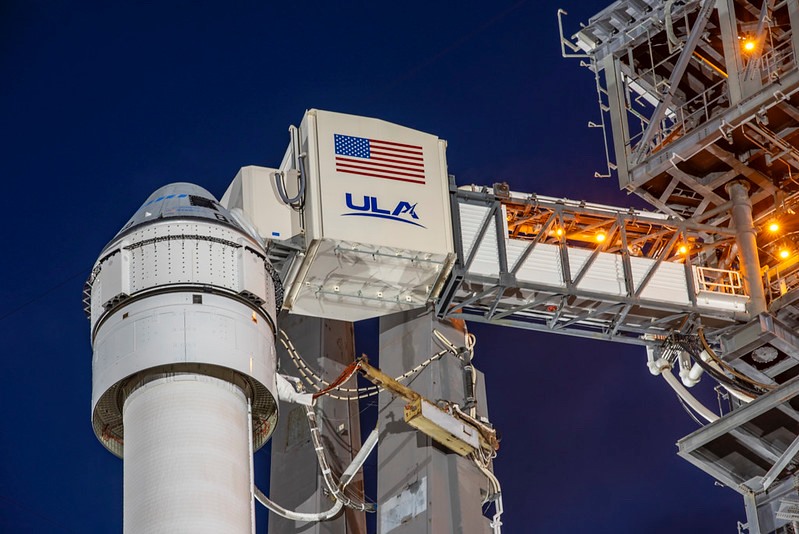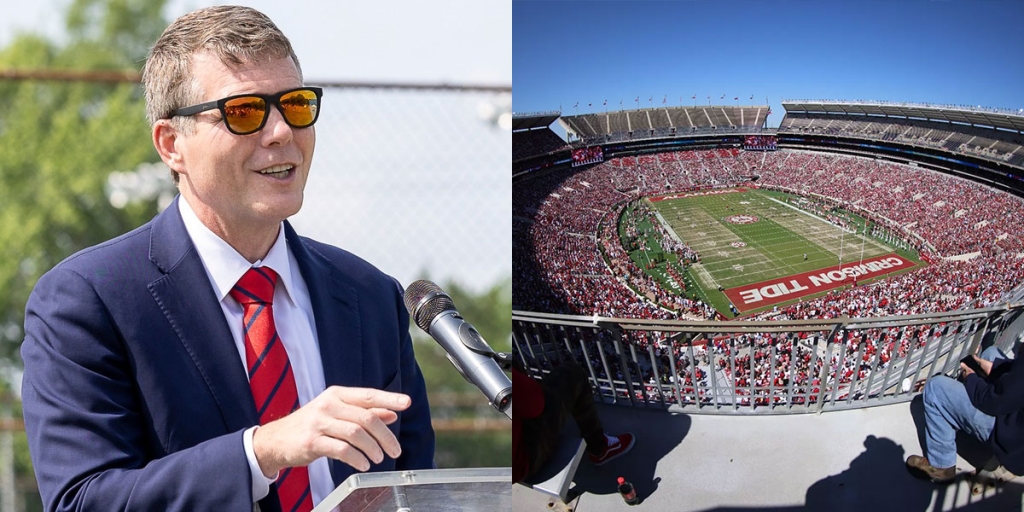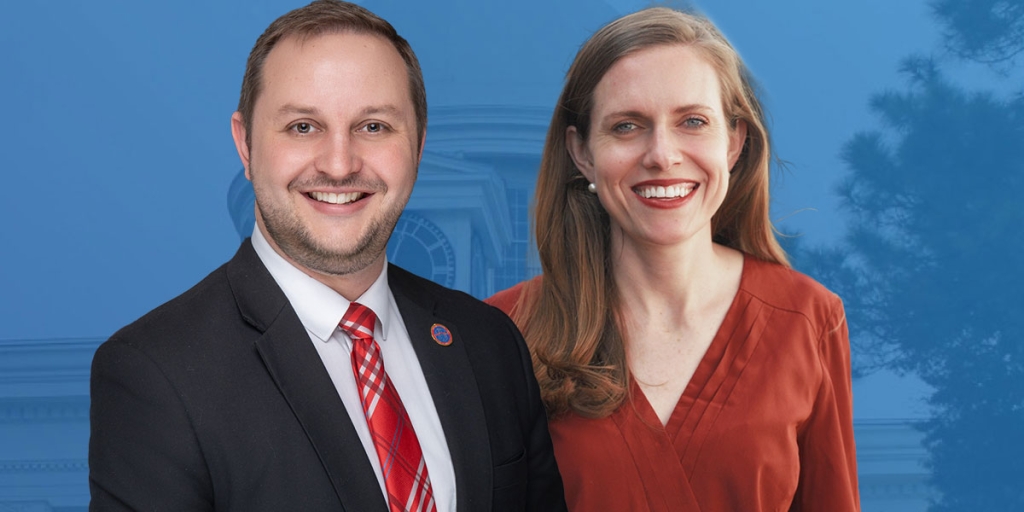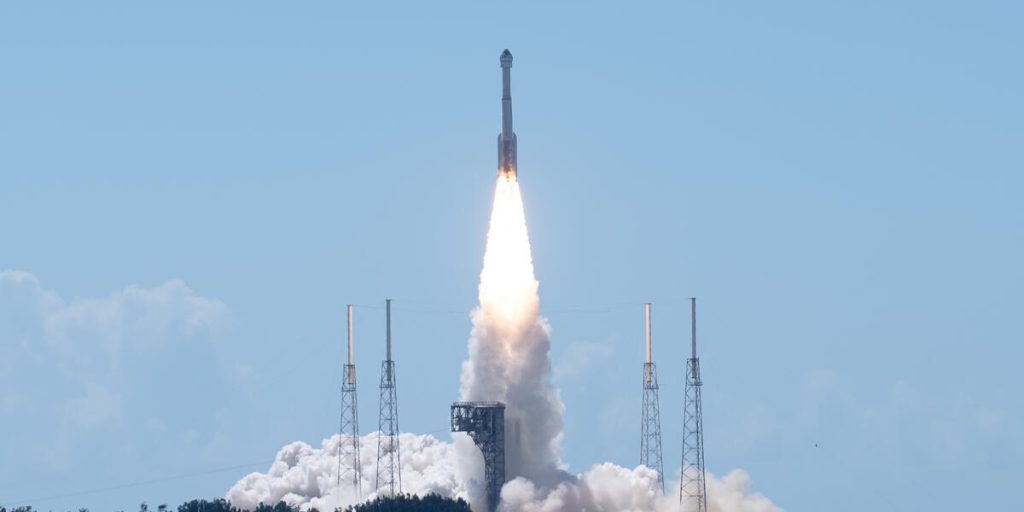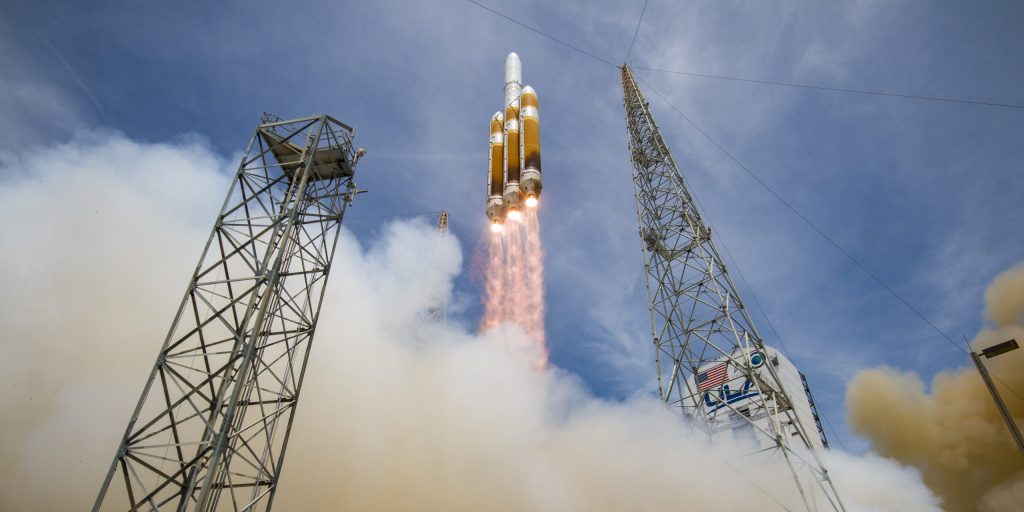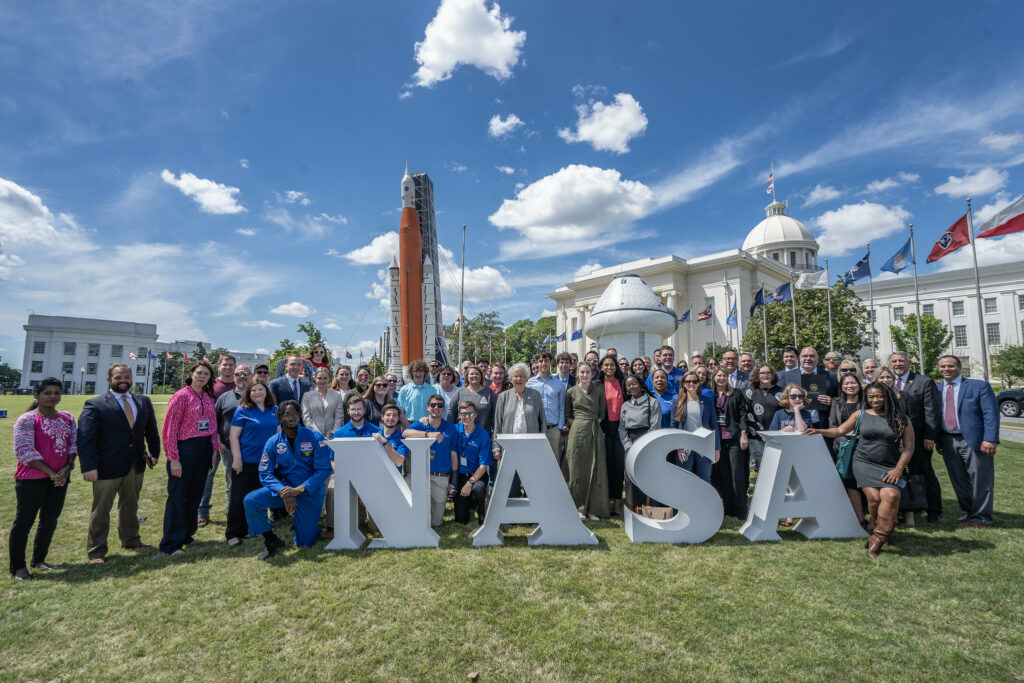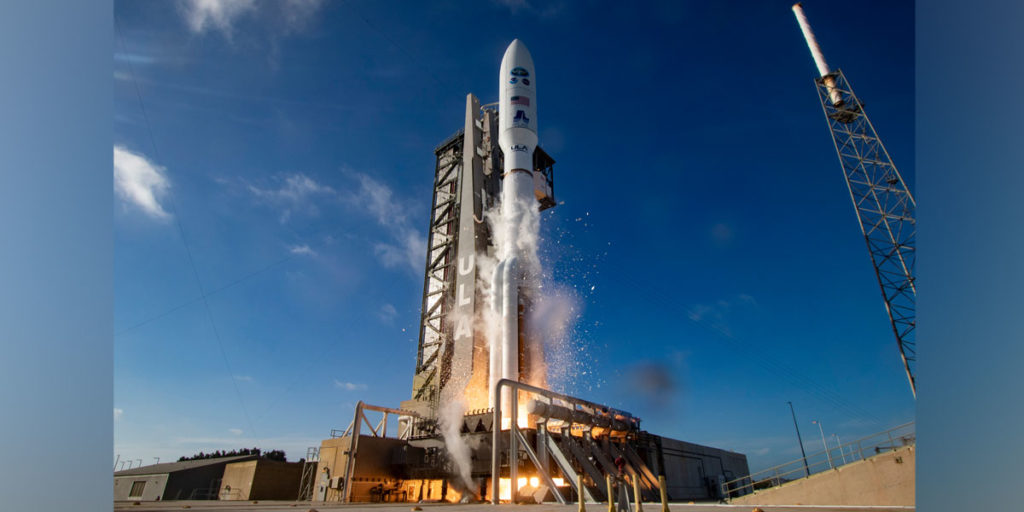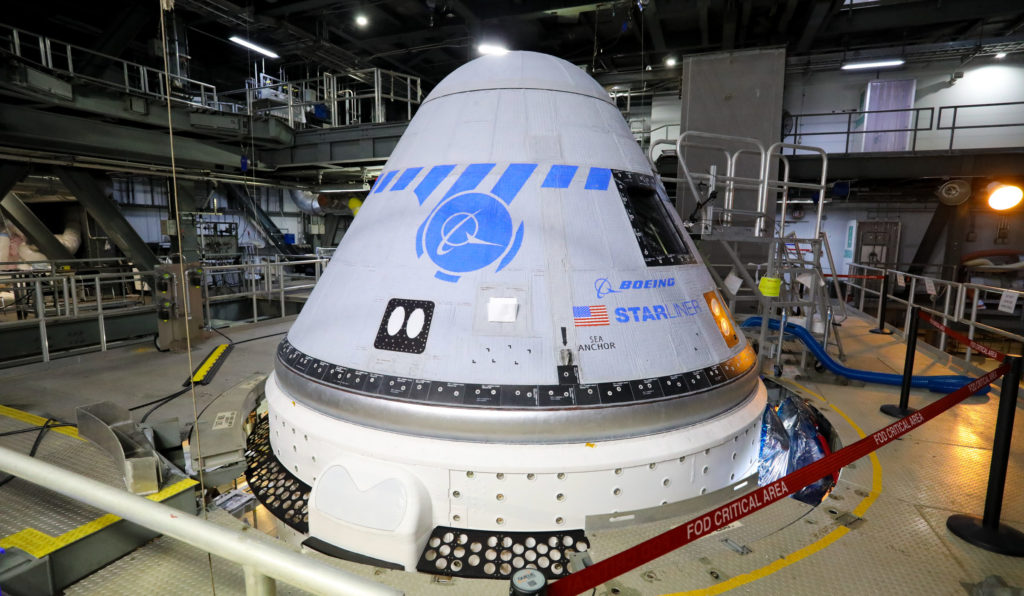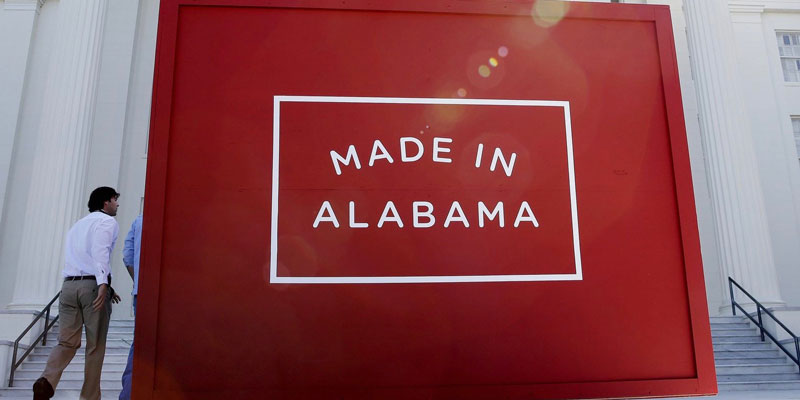At 6:36 a.m. Friday, Boeing’s Crew Space Transportation-100 (CST-100) Starliner took flight atop an Alabama-made rocket from Cape Canaveral, Florida. However, a timing glitch occurring after separation is going to prevent it from carrying out one of the mission’s key objectives.
The inaugural mission for Starliner was a step toward NASA’s goal of once again launching American astronauts into space from American soil using an American rocket. The last time the nation sent its astronauts into space from home soil was the final space shuttle journey in 2011.
The uncrewed test flight aimed to deliver the spacecraft to the International Space Station. Starliner is built to ferry astronauts to and from the space station on future trips.
The timing malfunction led to the spacecraft missing the opportunity to set the proper course for connecting with the space station on this trip.
At a press conference Friday morning, NASA administrator Jim Bridenstine discussed the current state of the mission which will extend for at least another 48 hours.
“Today, a lot of things went right,” he announced. “And this is, in fact, why we test.”
This comment from Bridenstine outlines the mixed results from this eagerly anticipated mission.
The success column
United Launch Alliance’s (ULA) delivery of the Starliner to a pinpoint position was one of the unquestioned successes of this mission. Bridenstine called the performance of ULA’s Atlas V rocket “a very successful flight.”
Jim Chilton, senior vice president of the Space and Launch division of Boeing, added his praise of the rocket’s work.
“I will echo the great human-rated Atlas performance,” he said. “This not your father’s Atlas. Not only does it have a dual engine Centaur, but it’s got a lot of human-rated upgrades. So that was a big success.”
Built at ULA’s 1.6 million square foot facility in Decatur, the Atlas V took on a special configuration in order to power Starliner into space, and it carried out its duty well.
Thank you to @ulalaunch’s mighty #AtlasV for the lift!
— Boeing Space (@BoeingSpace) December 20, 2019
The mission successfully met several objectives through the performance of ULA’s rocket.
Tory Bruno, president and CEO of ULA, outlined these accomplishments following the launch.
He mentioned that they had successfully flown the capsule without a payload faring and that the aerodynamic skirt around the capsule, designed to improve control, functioned as hoped. The ascent covers separated as they should have, while the rocket also flew a flattened trajectory for future crew safety purposes.
Bruno also mentioned that the vehicle achieved separation “perfectly.”
The disappointment column
From the public’s point of view, the number one objective of the mission was to dock the Starliner at the International Space Station. And that did not happen. NASA had hoped to dock Starliner to the space station within about 26 hours of its launch.
Bridenstine explained that, after separation from the Atlas V, Starliner failed to perform a necessary “orbital insertion burn.”
Chilton described the burn as “how you catch the space station and rendezvous.”
While unable to provide the root of the problem so soon after the malfunction, Bridenstine said, “It appears as though the mission elapsed timing system had an error in it.”
This error prevented Starliner from knowing when to do the orbital insertion burn.
According to Bridenstine, by the time mission control finally got its own signal to the vehicle to do the burn, it was too late.
Once Starliner failed to execute the burn, it missed its chance to meet up with the space station.
What’s next?
Bridenstine pointed to NASA’s institutional mindset as a reason for confidence that the agency would meet its goals.
“We do really difficult things and we do it all the time,” he pronounced. “And, yes, we have challenges, but what do we do? We figure out what those challenges are, we fix them, and we move forward. That’s what we do as an agency. It’s our history and it’s what we’re going to do now.”
One of the immediate challenges ahead is the safe return of Starliner. Chilton estimated “the odds are high” for a complete recovery of the spacecraft. He said landing could occur Sunday morning at the earliest in White Sands, New Mexico.
Bridenstine joined Chilton in outlining a successful landing in White Sands as a major objective of the mission which can still be met. Starliner is currently the only American-built capsule certified to land on land through a unique system of airbags and parachutes – allowing the capsule to be reusable up to 10 times.
Steve Stich, deputy manager of NASA’s Commercial Crew Program, believes Starliner’s current condition is suitable for landing.
“The spacecraft is doing great,” he said. “The thermal control system is working fine. The flight computers are working well. The cabin environment is great. The spacecraft has recovered well and is doing well.”
Beyond recovering Starliner and learning what caused the malfunction, a priority for NASA and Boeing will be understanding what a crewed version of this same flight would look like.
Bridenstine thinks the mission could very well have gone much better had a crew been in the spacecraft. He cited astronaut training to deal with problems as something that may have benefitted the mission.
“If we had crew in there, number one, they would have been safe,” he declared. “The crew would have been safe. And had they been in there, we may very well be docking with the International Space Station tomorrow, had they been in the spacecraft.”
Astronaut Nicole Mann supported Bridenstine’s contention that having astronauts on board would have increased chances for success.
“Had we been on board there could have been actions that we could have taken,” she said.
As to whether there will be another uncrewed mission before Mann and her fellow astronauts climb aboard Starliner, Bridenstine said, “It’s too early to know.”
As evidence that another uncrewed mission might not be necessary, Bridenstine pointed out that the first time a space shuttle docked at the space station no prior automated missions had occurred.
In addition, Mann expressed the trust of the astronauts in the spacecraft and the mission.
“We are looking forward to flying on Starliner,” she remarked. “We don’t have any safety concerns.”
Another priority for the program will be overcoming what is sure to be some skepticism resulting from the shortcomings of this mission.
Perhaps illustrating this concern, Bridenstine was quick to shed light on a post-launch briefing he provided to Vice President Mike Pence.
“He maintains that he is very positive as chairman of the National Space Council in our ability to once again launch American astronauts on American rockets from American soil,” Bridenstine outlined.
He also emphasized a commitment to transparency as he and others explore the causes of the Starliner’s malfunction in the coming days and weeks.
“It is important for us to build trust with the American taxpayer so that we can continue to do these magnificent things,” Bridenstine concluded.
Tim Howe is an owner of Yellowhammer Multimedia




